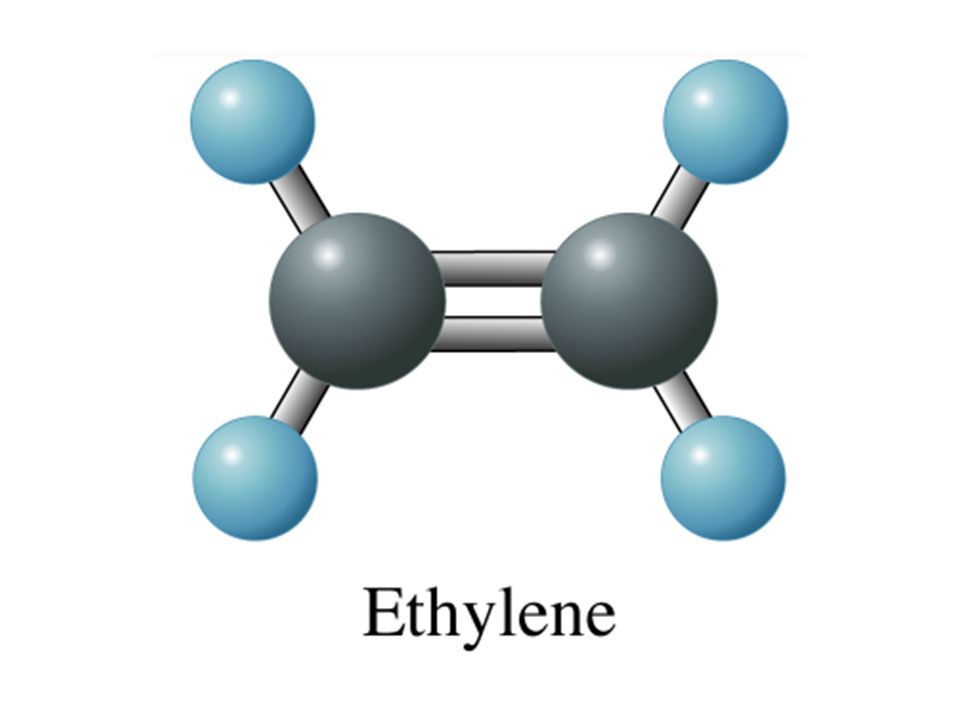Ethylene is known as the most important basic petrochemical in the world. Often called the “workhorse” of the chemical industry, ethylene serves as the key building block for the production of plastics and various other industries essential in our daily lives. Over the past few decades, the global demand for ethylene has skyrocketed in line with the rapid growth and development across many industries. This article looks into the global supply and demand dynamics of ethylene today and assesses its future outlook.
Rising Global Demand
The global demand for ethylene has seen a steady increase over the past 50 years, driven largely by the surging needs of plastic resins and polymers. According to industry experts, global ethylene consumption reached over 170 million metric tons in 2020 and is estimated to grow over 3% annually in the coming years. Asia Pacific leads in terms of demand and accounted for over 50% of global ethylene usage in 2020 with China alone consuming over 35 million metric tons. Other major markets include North America, Western Europe and the Middle East. The major driver of future ethylene demand would be the expanding population, rapid industrialization and rising living standards across developing nations which translates to higher consumption of plastic-based products.
Ensuring Adequate Ethylene Supply
According to estimates, current global ethylene production now exceeds 190 million metric tons annually. While Middle East remains the single largest supplier currently, United States has seen huge investments with new world-scale plants coming up along the Gulf Coast helping quadruple capacity over the past 20 years. Asia Pacific is also witnessing massive capacity additions led by China and several countries are planning new steam crackers to cater rising needs. However, much more capacity additions are required by 2030s to meet projected demand. Ensuring security of ethylene supply would require multibillion dollar investments in steam cracking technology and infrastructure going forward.
Transportation Challenges
One of the key challenges in the Ethylene supply chain is effective and efficient transportation of ethylene to markets. Being a flammable gas, ethylene transportation requires special precautions and appropriate technologies. Historically, pipeline networks were the most preferred mode for moving ethylene domestically as well as internationally. However, with new capacities coming up in regions far from demand centers like East Asia, marine transportation is set to play a bigger role. While specialized ethylene carrier vessels help meet this needs, shipping routes, port infrastructure as well as safety during movement need constant upgrades. Aviation sector is also increasingly using ethylene based biofuels requiring consistent supply. Developing advanced transportation solutions would be crucial for the petrochemical industry to minimize transportation costs and risks.
Sustainability Measures
As awareness towards sustainability grows worldwide, the petrochemical industry is under pressure to reduce environmental footprint of ethylene production and distribution activities. Major efforts are underway across regions to improve energy efficiency in steam crackers, optimize processes and leverage advancing technologies. Producing ethylene via alternative feedstocks like ethanol, biomethane and captured carbon is also being actively explored. Many leading industry players have announced ambitions to shift to low carbon ethylene production. Meanwhile, focus is on reusing plastic waste as a feedstock and developing advanced recycling technologies to establish a circular carbon economy. Transitioning to renewable energy powered steam crackers and carbon capture facilities represents a major opportunity as well to lower emissions. Sustainable ethylene production practices will play a key role in shaping the future landscape of chemicals industry.
With global demand expected to almost double by 2050, ethylene will remain an indispensable feedstock for the manufacturing sector. While ensuring adequate supply inland and to major consumer markets faces inherent challenges, ongoing capacity additions, transportation infrastructure developments and sustainability innovations are likely to keep disruptions at bay. Significant investments would still be required to modernize global ethylene logistics networks. Given its strategic significance, the ethylene industry looks set for an exciting phase of transformation towards a lower carbon and more circular future aligned with the broader energy transition goals.
*Note:
1. Source: Coherent Market Insights, Public sources, Desk research
2. We have leveraged AI tools to mine information and compile it

